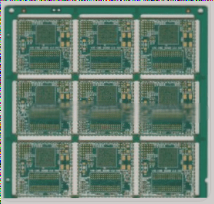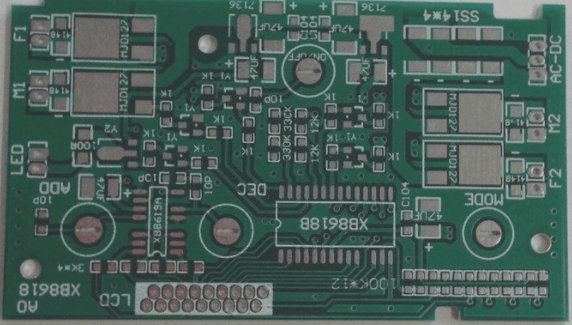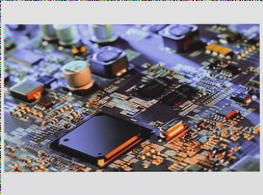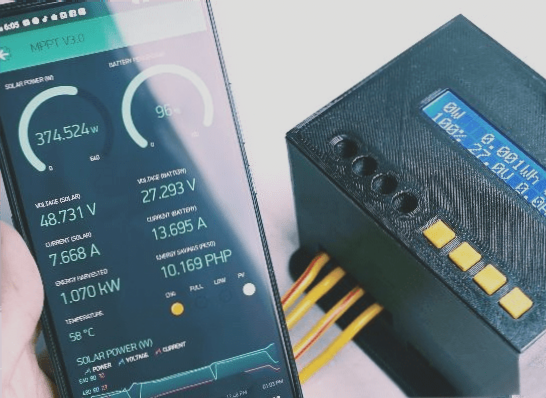Benefits of Flexible PCBs
- Lightweight: Flexible PCBs are lighter than rigid ones, making them ideal for weight-sensitive applications.
- High Reliability: These PCBs are durable and less prone to failure from mechanical stress or vibration.
- High Ductility: They can withstand physical deformation without damage, suitable for dynamic environments.
- Space-Saving: Flexibility allows for compact designs, crucial for devices with limited space.
Despite their advantages, designing and manufacturing flexible PCBs present challenges, especially in mechanical aspects.
Design Considerations for Flexible PCBs
Designing flexible PCBs requires addressing critical mechanical factors to prevent damage during installation. Mechanical testing before finalizing the electrical design is essential to ensure the PCB’s durability.
Key Design Steps:
- Mechanical Testing Before Electrical Design: Simulate and test the PCB’s behavior under various conditions to prevent issues like tearing or cracking.
- Coordination of Installation: Test the installation process to avoid misalignments and ensure ergonomic compatibility.
- Component Selection and Principles: Understand different types of flexible circuits and select materials based on the application’s requirements.
Types of Flexible PCBs
Flexible PCBs are classified based on their applications, including:
- Flexible PCBs (General): Commonly used in portable devices for bending and space-saving purposes.
- High-Density Interconnection (HDI) Flexible PCBs: Ideal for advanced electronic systems requiring high performance in a compact space.
- Rigid-Flexible PCBs: Combining features of rigid and flexible PCBs, offering high reliability and repeatability.
Conclusion
Flexible PCBs offer advantages such as light weight, high reliability, and compact design. Careful consideration of mechanical design complexities is crucial. Testing mechanical properties and installation processes before electrical design ensures a smooth development process. Understanding the various types of flexible circuits aids in selecting the best solution for specific applications.
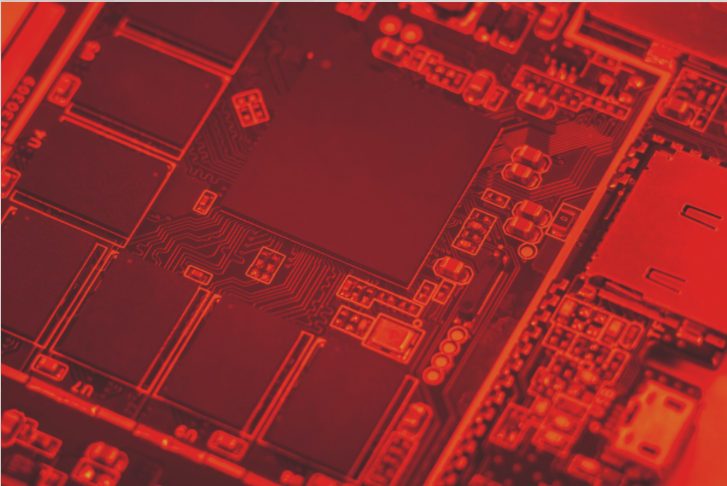
Rigid-flex PCBs: The Best of Both Worlds
Rigid-flex PCBs combine the flexibility of flexible circuits with the structural support of rigid PCBs, offering unique design possibilities. By integrating flexible circuits with rigid sections, designers can create complex and compact designs that maximize functionality and space efficiency.
High-Density Interconnect (HDI) Flexible PCB
For applications requiring high density and performance, High-Density Interconnect (HDI) flexible PCBs provide advanced solutions. Utilizing HDI technology allows for finer micro-vias, optimized layouts, and enhanced electrical performance. These PCBs are ideal for compact designs that demand high-speed performance and reliability.
Advantages of Flexible Circuits
Flexible circuits offer numerous benefits over traditional wiring, including custom wiring patterns, higher reliability, and reduced maintenance needs. Polyimide, a common dielectric material, protects the conductors and ensures effective operation in demanding environments. Flexible circuits also excel in mechanical properties, withstanding bending cycles and mechanical stress without failure.
Applications of Flexible Circuits
Flexible circuits find applications in various industries such as medical devices, consumer electronics, aerospace, and automotive. Their ability to create compact and durable electronic assemblies makes them invaluable in industries with space constraints. Flexible circuits also enable creative packaging solutions and complex geometries that traditional PCBs cannot easily achieve.
Conclusion
Flexible and rigid-flex PCBs offer unparalleled flexibility, durability, and miniaturization capabilities in modern electronics design. Their resilience to mechanical stress, environmental extremes, and integration into compact designs make them indispensable across industries. As technology evolves, flexible circuits will continue to be a key component in electronic advancements.

